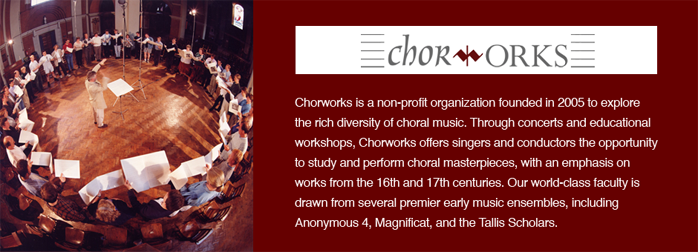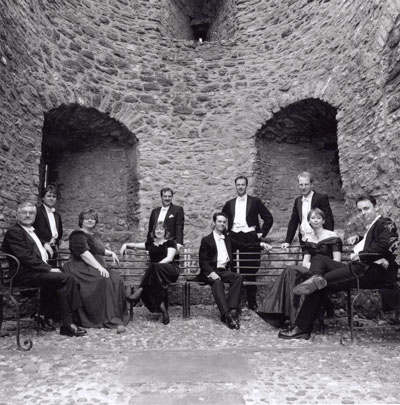 |
||||
 |
||||
|
||||
Philippe Cave and his Magnificat Ensemble give us two masses in this recording, each offering a blend of styles representative of those extremes Rogier tried to bridge. The first is Domine Dominus noster for 12 voices. It shows the stronger baroque influence with numerous accompaniments by cornets, sagbutts and lutes intertwined in the vocal composition and a greater diversity of rhythms and breaks in the monotonous polyphony. Whether part of the composition and the reflection of an emerging but not quite yet mastered style or a choice of interpretation by Philip Cave, the orchestral parts have at time a tendency to overpower and overwhelm the choral elements. |
||||
 |
||||
|
||||
 |

